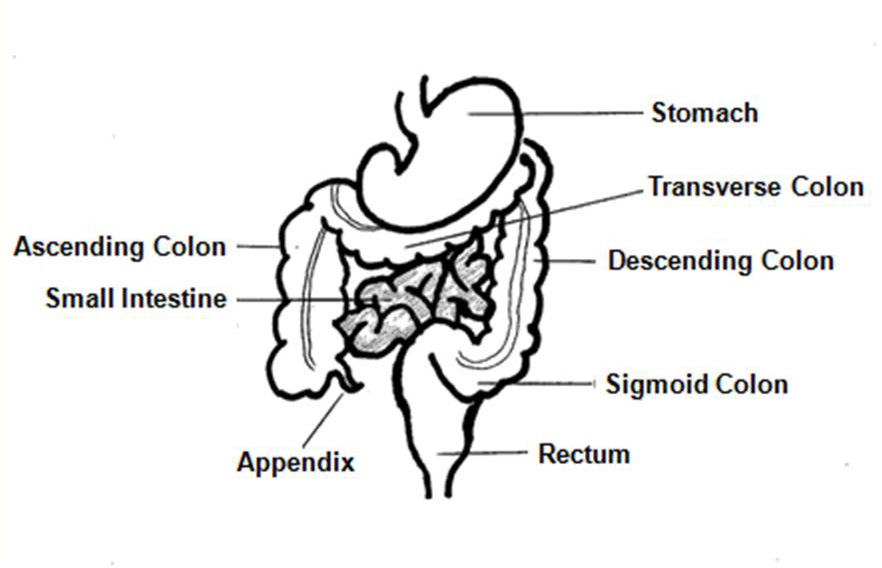If you’re a busy professional who loves finding new recipes that are not only tasty and relatively simple, but also offer even a vaguely healthy, nutritious twist, you might enjoy these taste buds!
h
k
The fall is my favorite season, and I’m a devoted lover of all things pumpkin (especially my pumpkin spice latte!), so that’s the running theme of these recipes. Hope you all like pumpkin!
l
Here are this week’s three tried & tested options:
g
Pumpkin & Ricotta-Stuffed Shells
f








Follow Me!